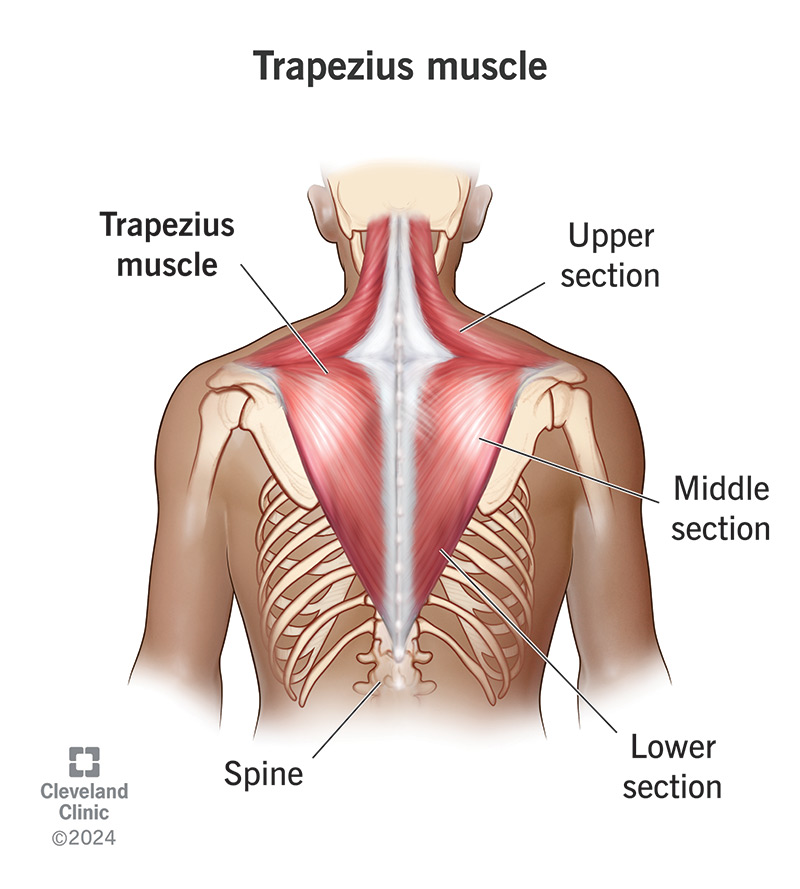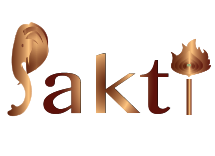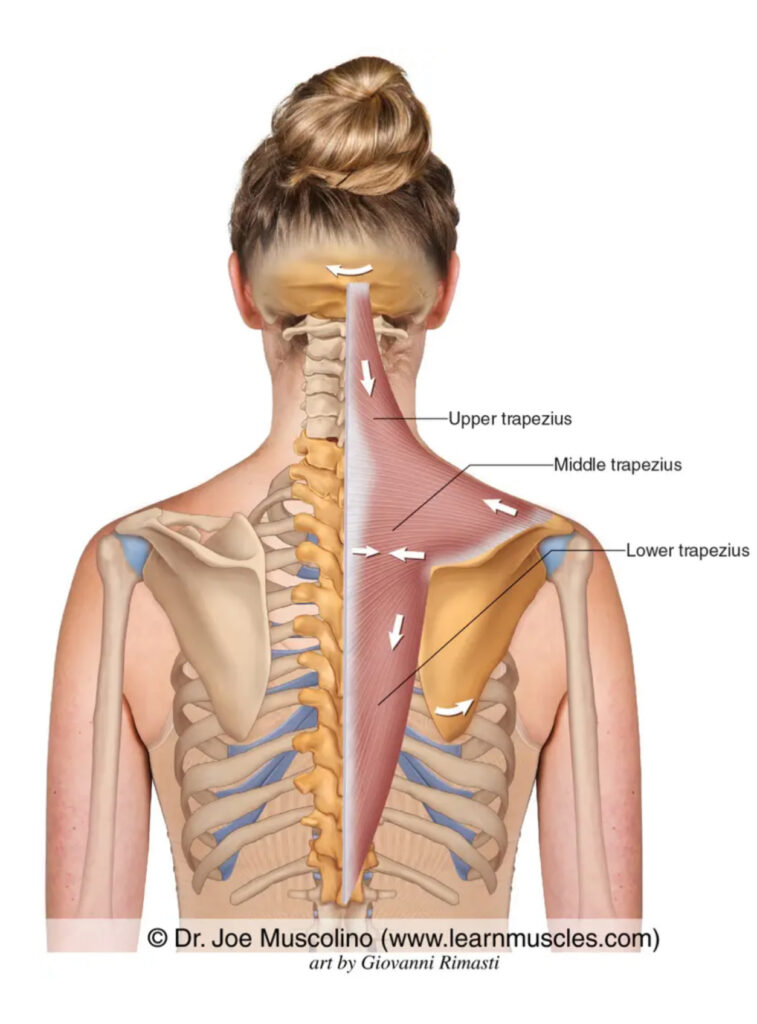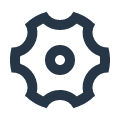A large superficial back muscle that resembles a trapezoid. It extends from the external protuberance of the occipital bone to the lower thoracic vertebrae and laterally to the spine of the scapula.
Common actions you may recognize that involve the trapezius include shrugging your shoulders, tilting, turning and extending your neck, and keeping your shoulder blades down your back.
Upper Trapezius
part that goes across the tops of your shoulders, elevate or bring up your shoulder girdle.
helps extend, tilt, and rotate your neck, which has the effect of bringing your head back, to the side, and turning it.
The rotation function takes the head to the opposite side of where this neck and shoulder muscle is located.
When the shoulder girdle is pulled up in a constant and chronic way, it leads to misalignment that can make the upper traps chronically tight. The result may well be pain, limited movement, and a loss of neck flexibility.
Middle Trapezius
helps bring the shoulder blades back toward the spine. Again, if you sit at a desk or drive all day, this may prove a handy move for preventing or managing excessive kyphotic (rounding of the upper back) posture in that area.
helps stabilize the shoulder during certain arm movements.
Lower Trapezius
is tasked with the upper and mid-spine stabilising action of bringing the shoulder girdle down. This is the opposite action to that of the upper trapezius.

Weakness leads to
- Neck shoulder Pain
- Specific areas stiffer
Strengthen by
- Posture correction
- Relaxing the stiffness
- Building muscle strength





